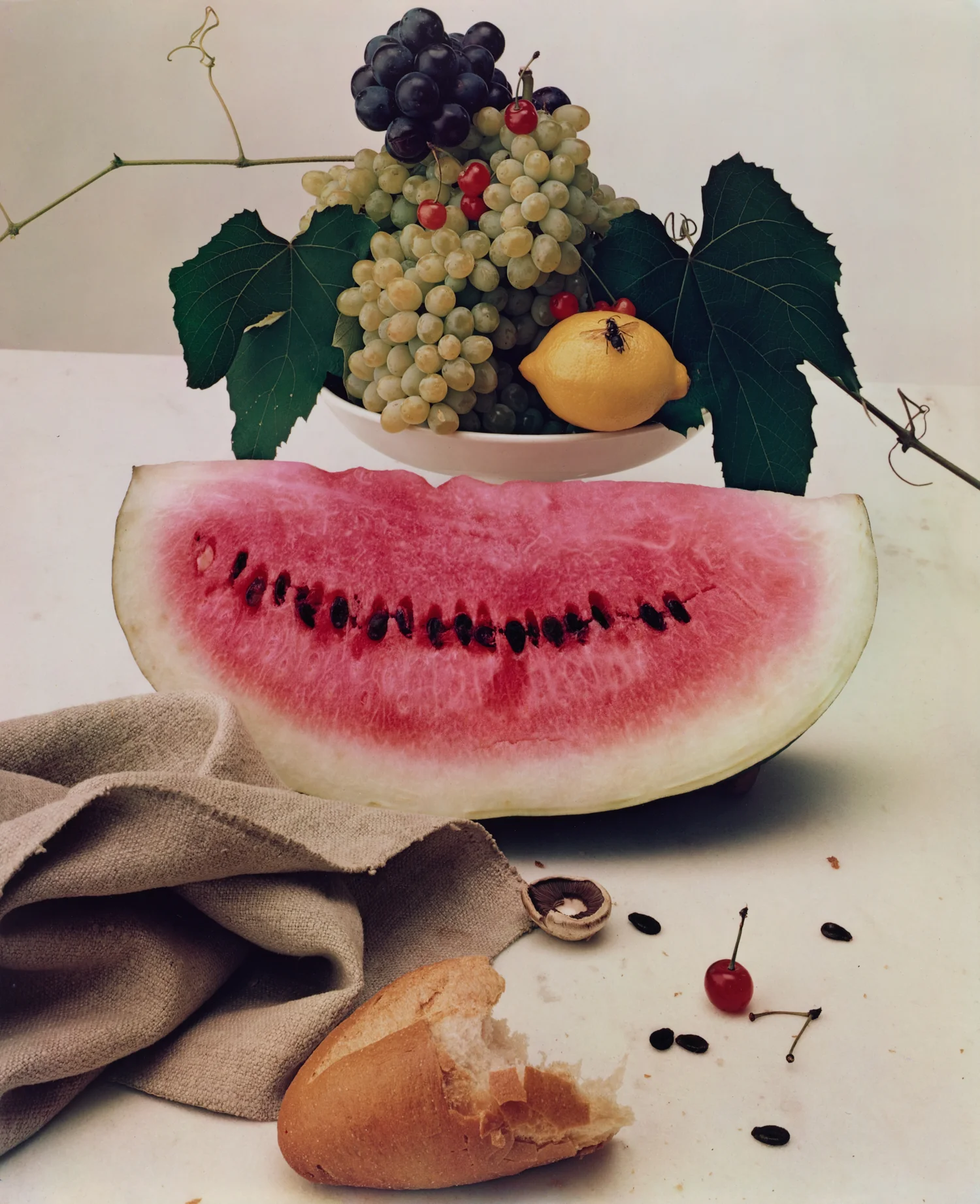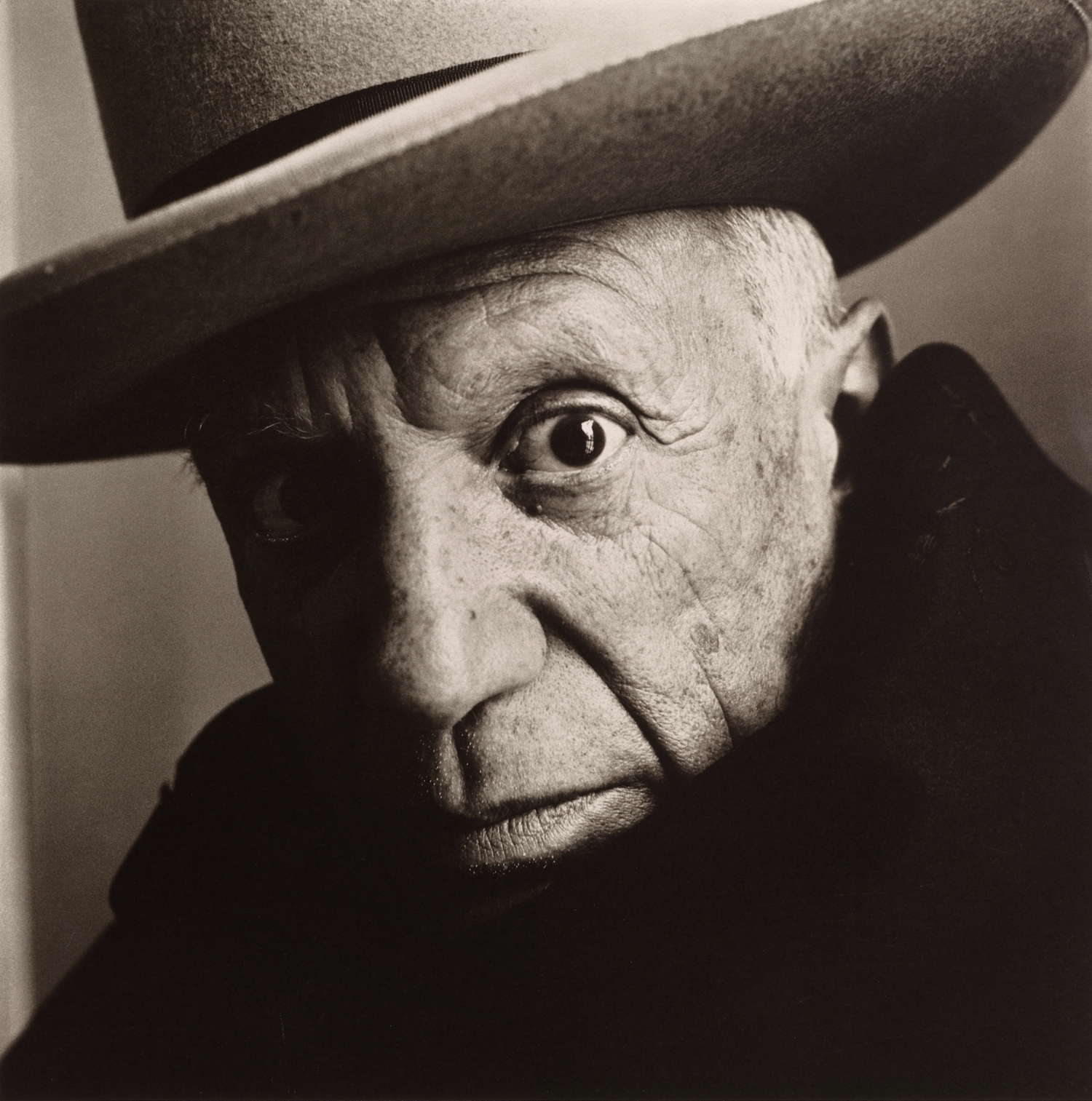Image Galleries
Mixed-media Paintings & Drawings
As a young man Penn harbored dreams of becoming a painter. He made a series of sketches for paintings, but he found his results to be disappointing and destroyed them. Despite this repudiation, in his work as a photographer, drawing continued to play an important role as he worked out an image and its composition.
After his retrospective exhibition at The Museum of Modern Art, Penn returned to painting and drawing as a full-fledged creative endeavor. He even introduced elements from photography and printing to his painting practice, photographing a drawing to print in platinum, which he then used as a matrix for a painting.








